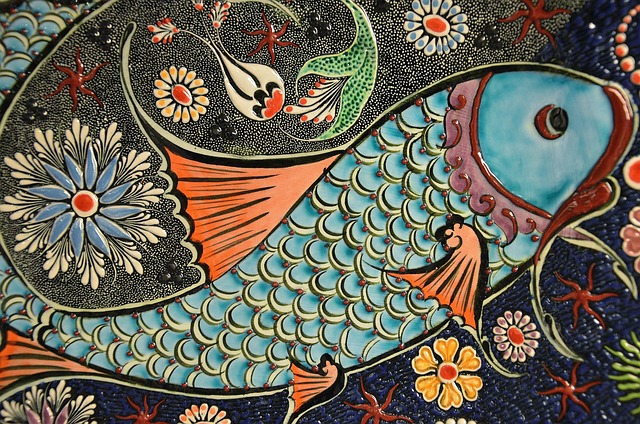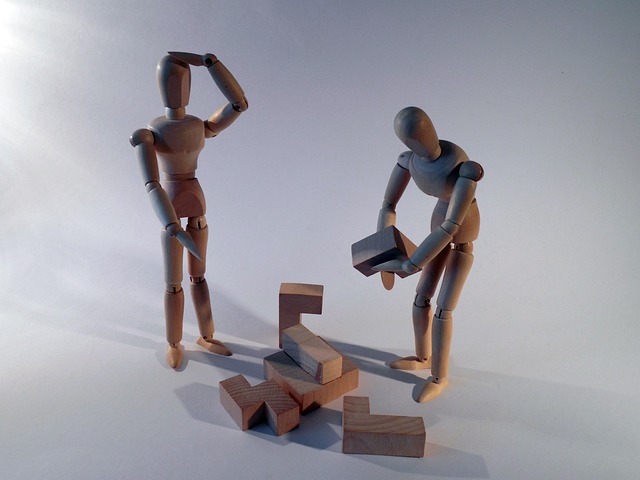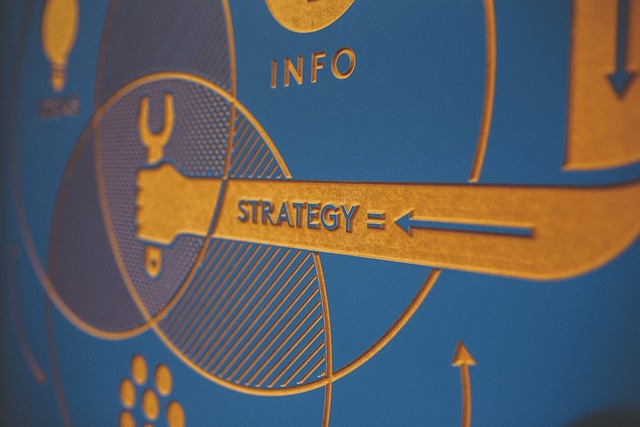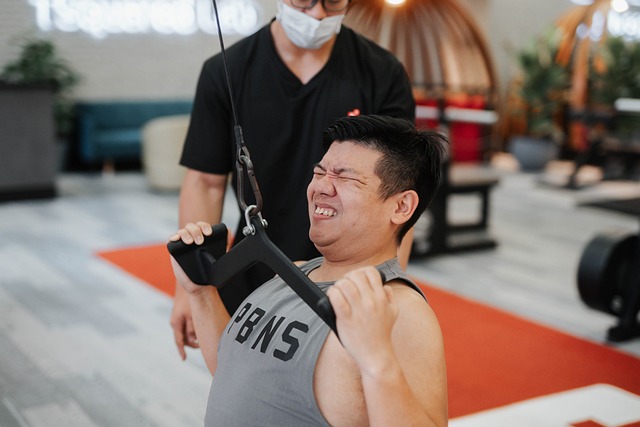In recent years, artificial intelligence has made significant strides in various fields, including art and design. As AI tools become more accessible, they are revolutionizing the way artists and designers create, inspire, and innovate. This blog post explores the various ways to use AI to generate creative art and designs, focusing on how these technologies can enhance artistic expression and streamline the design process.
Understanding AI Art Creation Tools
AI art creation tools utilize algorithms and machine learning to produce artwork. These tools can analyze existing art styles, patterns, and techniques, allowing users to generate new pieces inspired by the vast array of artistic styles available. Artists can choose from various AI platforms that offer features like style transfer, where an image can be transformed to mimic the characteristics of another artist’s work. This process not only broadens an artist’s creative palette but also helps them explore styles they may not have previously considered.
For instance, tools like DeepArt and Runway ML allow users to upload their images and apply unique artistic filters. The outcome is a blend of the user’s original work with the aesthetics of famous art styles, resulting in a piece that feels fresh and innovative. Moreover, AI can suggest color palettes, compositions, and other design elements, serving as a creative collaborator that can spark new ideas and perspectives.
AI for Graphic Design
The use of AI in graphic design has gained momentum, offering designers a powerful way to enhance their work. With AI-powered design software, designers can automate repetitive tasks, enabling them to focus on more creative aspects of their projects. Tools like Canva and Adobe Sensei leverage AI algorithms to provide personalized design suggestions based on the user’s style and preferences.
These platforms analyze user behavior and choices to curate templates and design elements tailored to individual needs. For example, if a designer frequently opts for minimalist layouts, the AI can recommend similar designs that align with that aesthetic. This not only saves time but also helps maintain a cohesive brand identity. Additionally, AI can assist in image recognition, allowing designers to search for images based on visual content rather than keywords, streamlining the design process further.
Generative AI in Digital Art
Generative AI represents a cutting-edge approach to digital art creation, where algorithms generate original artwork based on specific parameters set by the user. This technology leverages neural networks to create unique pieces that can range from abstract designs to intricate illustrations. Artists can experiment with different inputs, such as colors, shapes, and themes, leading to the emergence of unexpected and exciting results.
Platforms like Artbreeder and Daz 3D enable artists to create art collaboratively with AI, merging human creativity with machine-generated elements. This synergy leads to a dynamic creative process, where the artist’s vision is enhanced by the vast computational power of AI. Generative AI not only pushes the boundaries of what is possible in art creation but also raises intriguing questions about authorship and creativity in the digital age.
AI for 3D Design and Modeling
In addition to 2D art, AI is also making waves in the realm of 3D design and modeling. AI-driven tools can automate complex tasks, such as rigging and texturing, significantly speeding up the workflow for designers and animators. Software like Blender and Autodesk utilize AI algorithms to facilitate the creation of 3D models, making it easier for artists to bring their visions to life.
AI can assist in simulating realistic textures and lighting, enhancing the visual appeal of 3D designs. For instance, AI can analyze real-world materials and generate textures that closely mimic their appearance. This capability allows designers to create immersive and lifelike environments, especially in industries like gaming and virtual reality. Furthermore, AI can help in the optimization of 3D models for various applications, ensuring they are not only visually striking but also functional.
AI-Assisted Illustration Tools
Illustrators can benefit greatly from AI-assisted illustration tools that streamline the creative process. These tools often incorporate features such as automatic background generation, character design suggestions, and even dynamic posing for illustrations. Platforms like Procreate and Clip Studio Paint are increasingly integrating AI functionalities to aid artists in their workflow.
By leveraging machine learning algorithms, these tools can analyze user inputs to suggest modifications, refine sketches, or offer colorization options. This can drastically reduce the time spent on repetitive tasks, allowing artists to focus on refining their concepts and enhancing their artistry. Additionally, AI can help illustrators create diverse character designs, ensuring representation and inclusivity in their work.
AI for Personalized Artwork
One of the most exciting aspects of using AI in art generation is its ability to create personalized artwork tailored to individual preferences. AI algorithms can analyze a person’s tastes, interests, and previous interactions to produce art that resonates with them. For instance, platforms like Portrait AI can transform a user’s photo into a unique artistic portrait based on their style preferences.
This personalized approach not only enhances the emotional connection to the artwork but also opens up new avenues for artists to engage with their audience. Artists can utilize AI to create custom pieces for clients, ensuring that the final product reflects the client’s vision and style. Moreover, this trend can be applied in various sectors, including marketing and advertising, where personalized visuals can enhance brand engagement and customer experience.
Conclusion
The integration of AI in art and design is reshaping the creative landscape, offering artists and designers new tools and techniques to explore their creativity. From AI art creation tools and graphic design software to generative AI and personalized artwork, the possibilities are endless. As technology continues to evolve, it will be fascinating to see how artists harness these tools to push the boundaries of creativity and redefine the art world. Embracing AI in creative processes not only enhances artistic expression but also invites collaboration between human ingenuity and machine intelligence, leading to innovative and captivating art forms.






